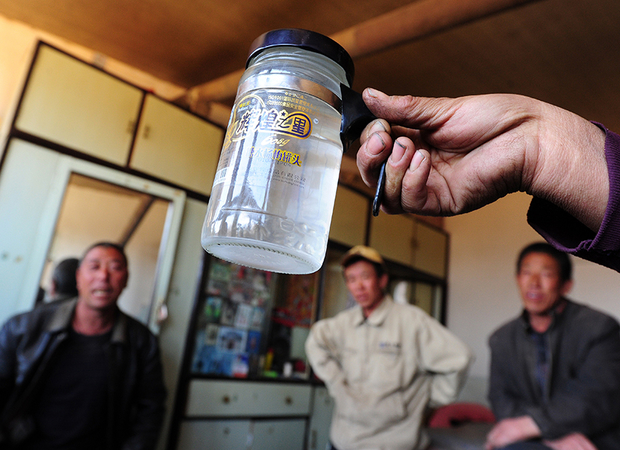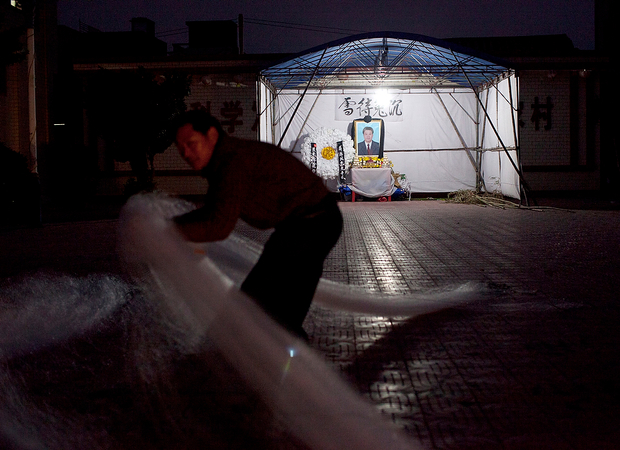On Fang Lizhi (1936–2012)
on May 10, 2012
Fang Lizhi, a distinguished professor of astrophysics, luminary in the struggle for human rights in contemporary China, and frequent contributor to The New York Review, died suddenly on the morning of April 6. At age seventy-six he had not yet retired, and was preparing to leave home to teach a class when he commented to his wife that he did not feel quite right. She urged him to stay home and he agreed, saying he would call his department secretary to explain. A few minutes later he had died in his chair at his home office.














